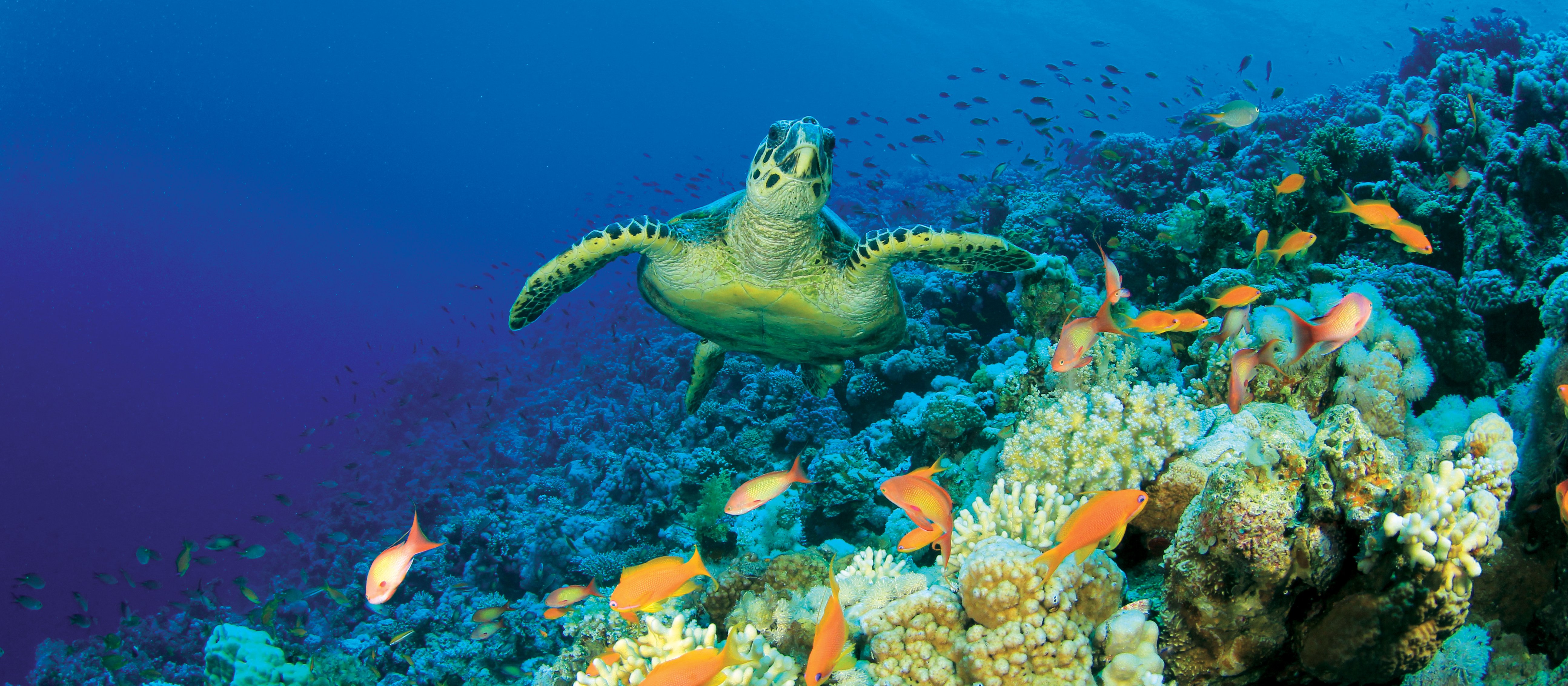Academic pharmacist Nataly Martini highlights the importance of understanding non-Hodgkin lymphoma and pharmacists’ roles in managing this condition
How to find eco-friendly, skin-friendly and effective sunscreens
How to find eco-friendly, skin-friendly and effective sunscreens

Dee asks you for a reef-safe sunscreen as she needs to wear it while sailing and is aware some ingredients can be toxic to marine and freshwater environments. Because she is out in the sun all day, it needs to be effective, and she asks if you can guarantee this.
1. Carreon BH. Palau bans toxic sunscreens. 3 January 2020. rnz.co.nz
2. Sustainable Travel International. Sunscreen is Damaging Our Coral Reefs – How Can We Protect Them AND Our Skin? October 2019. sustainabletravel.org
3. National Ocean Service. What is coral bleaching? oceanservice.noaa.gov/facts/coral_bleach.html
4. Haereticus Environmental Laboratory. Protect Land + Sea Certification. haereticus-lab.org
5. SaveTheReef. Reef Safe Sunscreen Guide. savethereef.org/about-reef-save-sunscreen.html
6. Healthline. What Sunscreen Ingredients to Look for — and Which Banned Ones to Avoid. June 2019. healthline.com/health/beautyskin-care/best-sunscreen-ingredients
7. Dale J. Eco-friendly Sunscreens – what you need to know. November 2020. thegreatecojourney.co.nz
8. Fookes C (Tech Ed). Suncare. HealthcareHandbook 2021–2022. Auckland, NZ: The Health Media Ltd; 2021.





